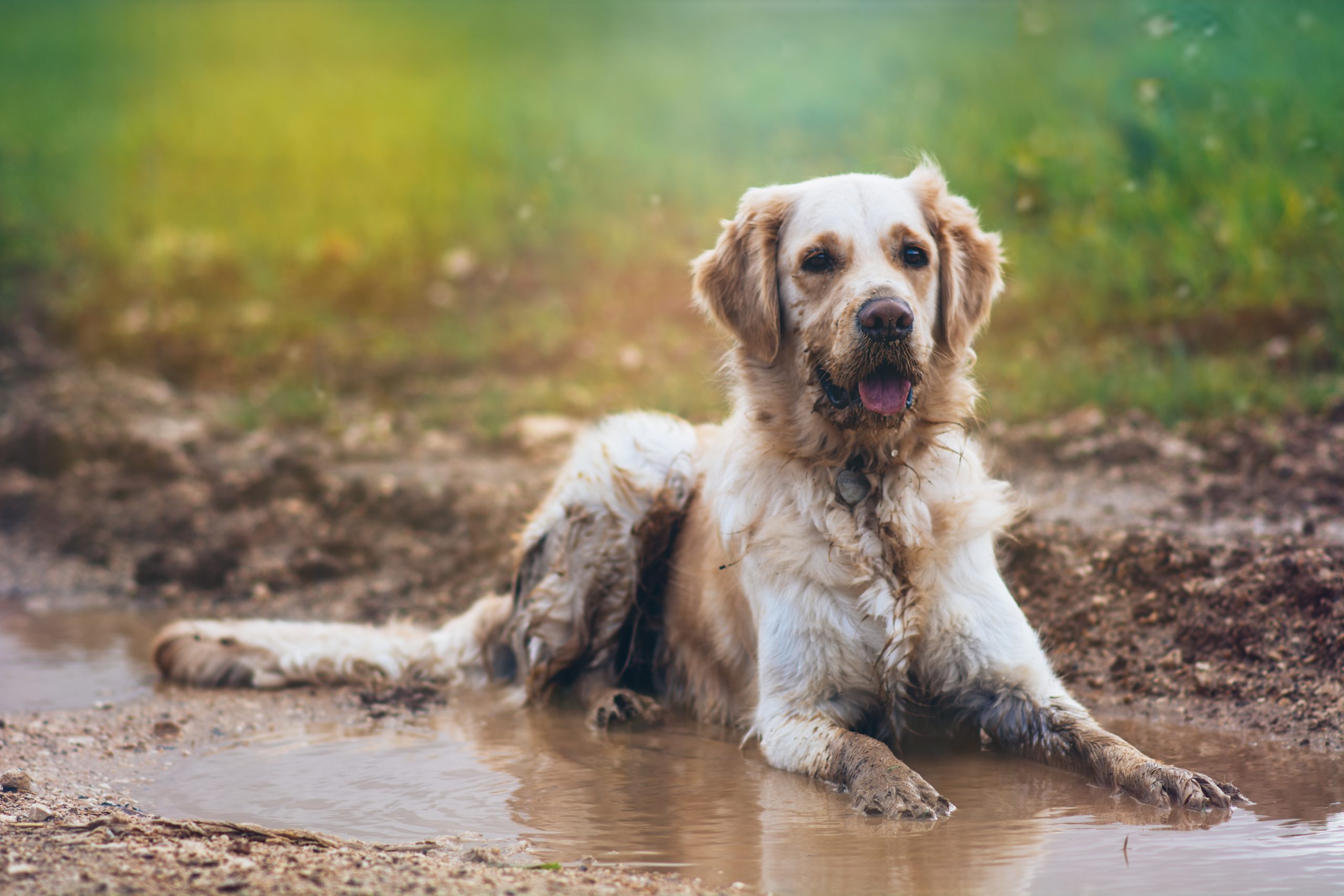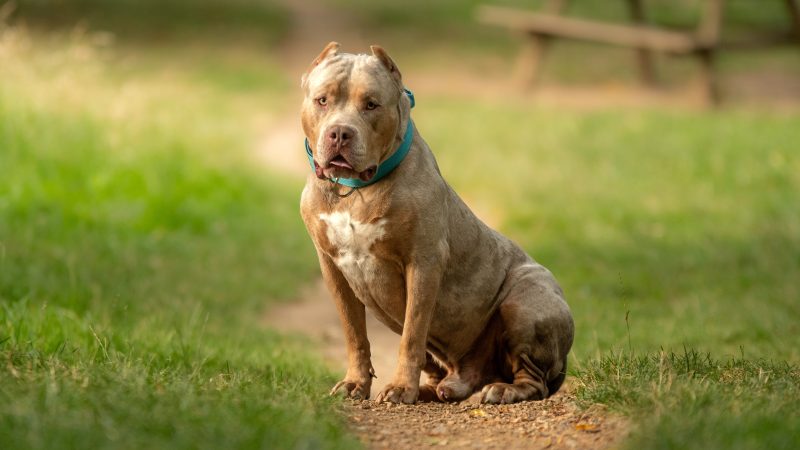Warning over spike in Alabama Rot cases

Vets have warned UK dog owners following a spike in Alabama Rot.
Owners are being urged to check for skin lesions and wash pets after muddy walks, to curb the risk of the disease.
An investigation into the disease has since revealed new information about its symptoms and how to prevent it.
The disease, also known as CRGV, was first identified in the United States during the 1980s, mainly affecting greyhounds.
But now, it’s understood to be a threat to all dogs, no matter their breed, age, or size. Alabama rot damages blood vessels in the skin and kidneys. Dogs with the disease often have skin ulcers, usually on their legs or paws, says the Royal Veterinary College (RVC).
The following are typical signs of Alabama rot:
- Skin sores, visible swelling, red patches or skin defects not caused by a known injury. These skin lesions typically appear below the knee or elbow, and occasionally on the face or at the bottom of the chest or abdomen.
- Changes in appetite – reduced appetite, drinking more, vomiting and lethargy are signs of acute kidney injury.
- Remember, most visible skin lesions will not be caused by Alabama rot disease, and most kidney failure cases will result from another cause.
Unfortunately, if a dog contracts Alabama rot there is only a 10% chance it can be saved.
Joshua Walker, a vet at Anderson Moores, said: “We know the disease is associated with increasing rainfall and increasing temperatures in the autumn.
“It might be that the very wet, slightly warmer November has led to a surge in cases – it’s important for everyone to be aware of the signs.”







